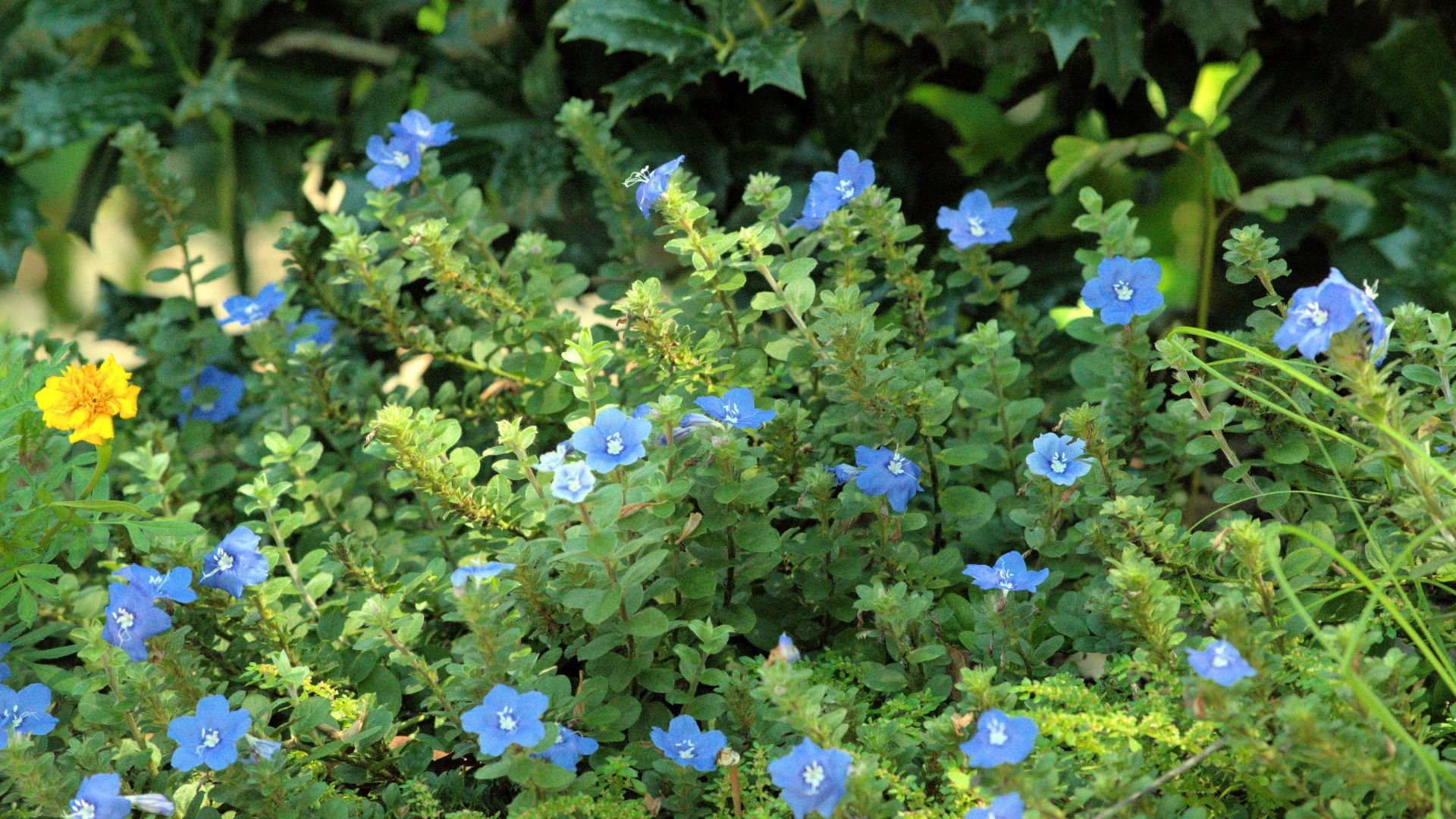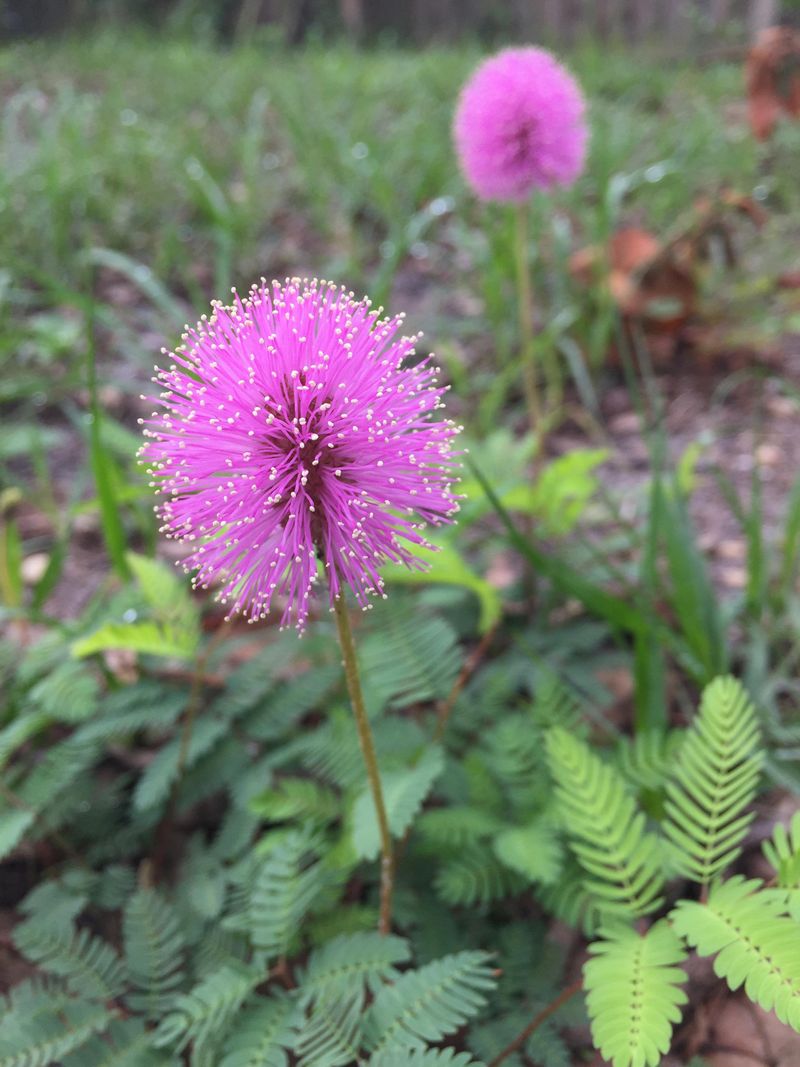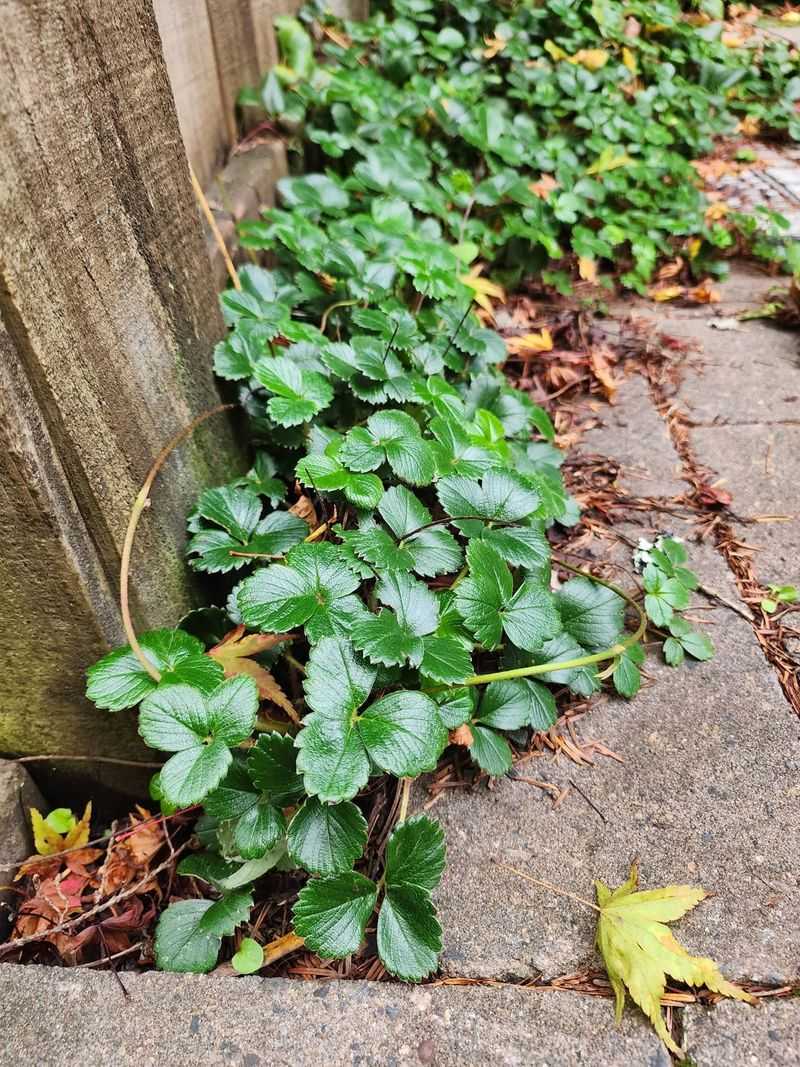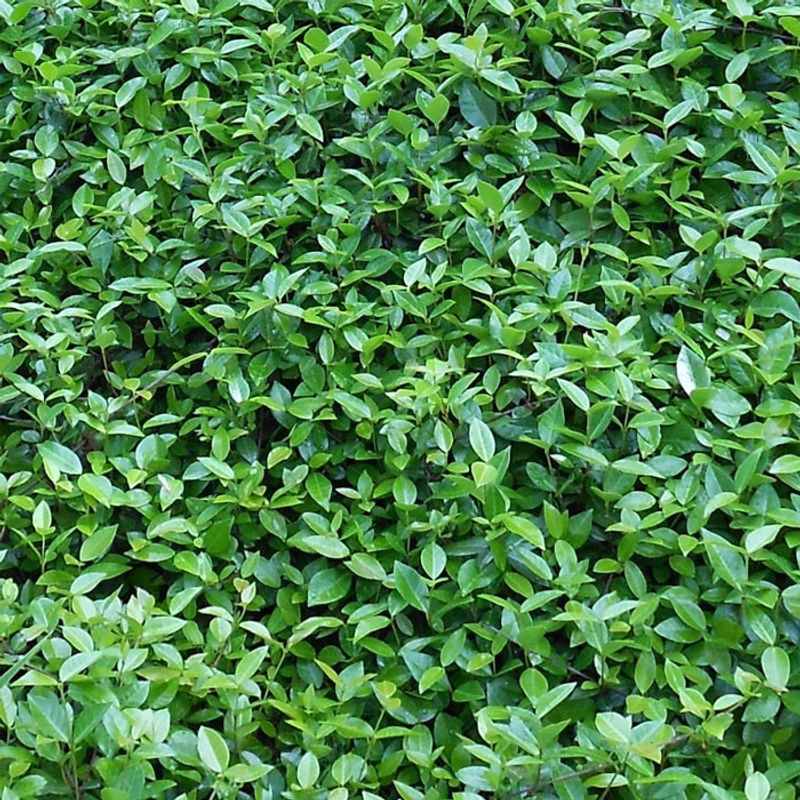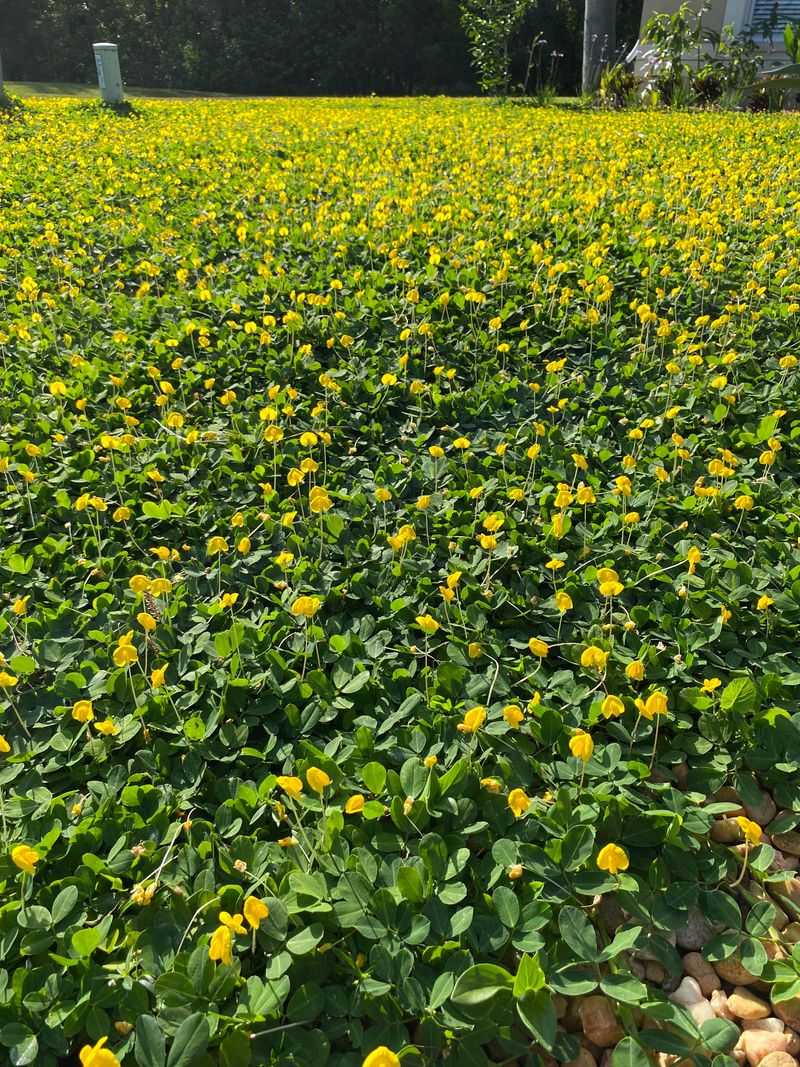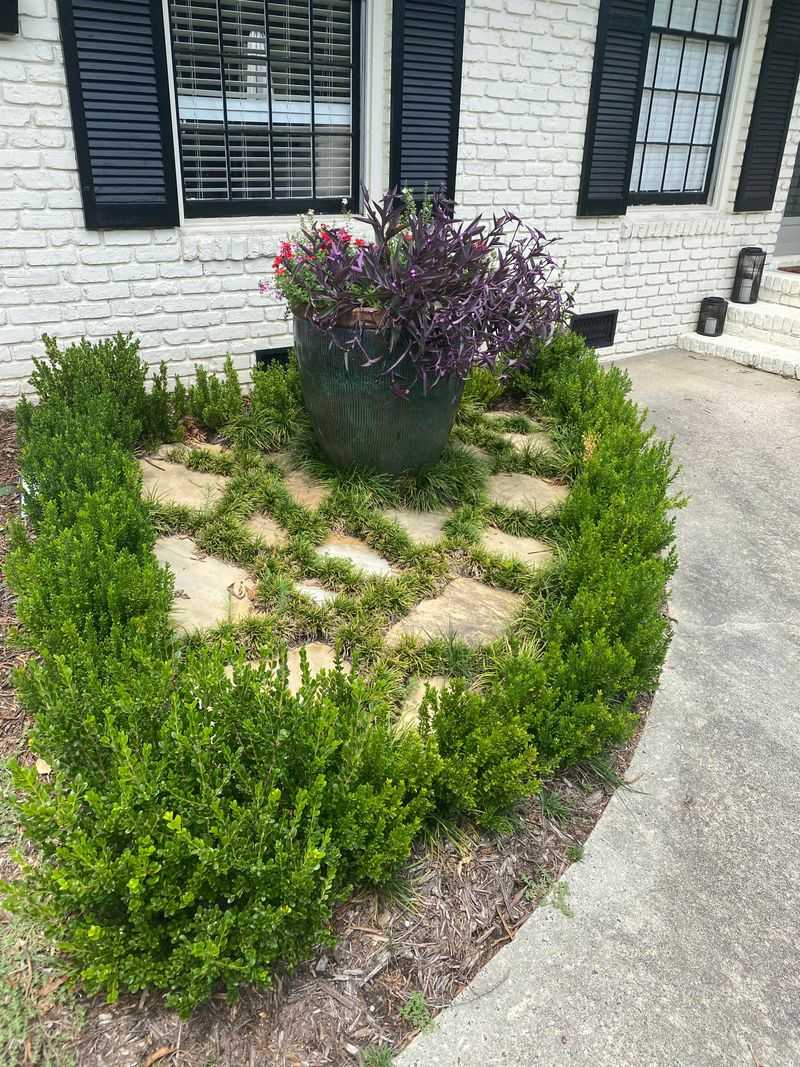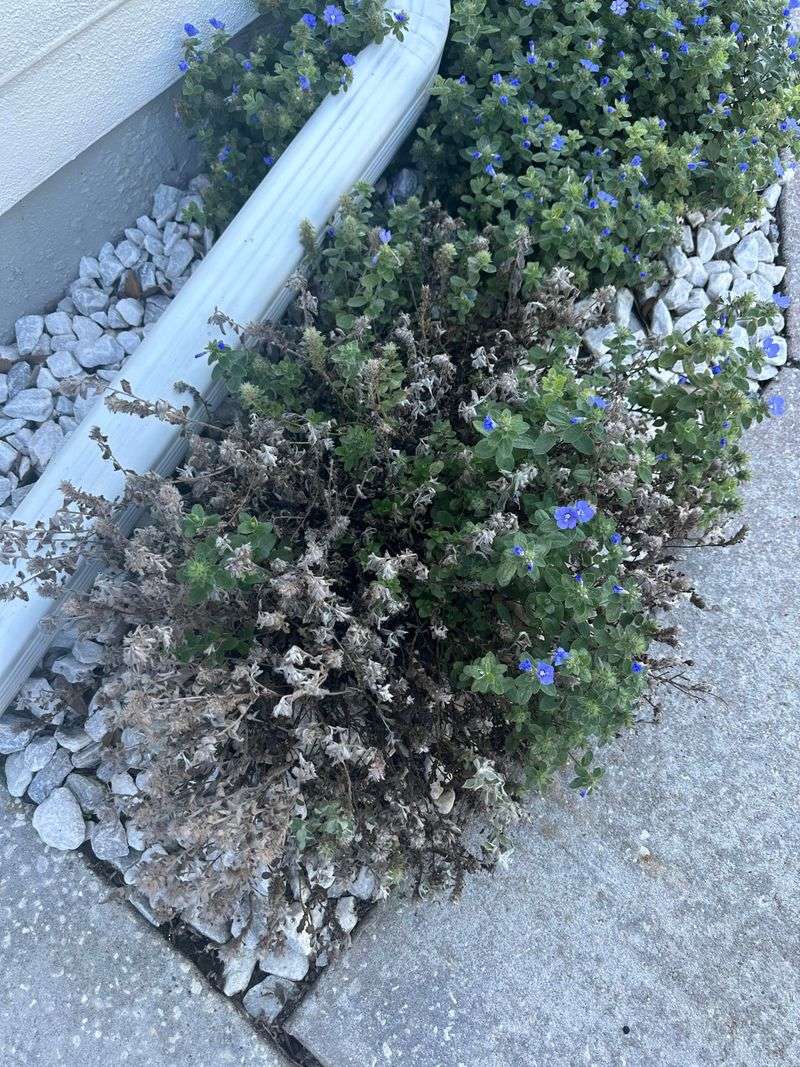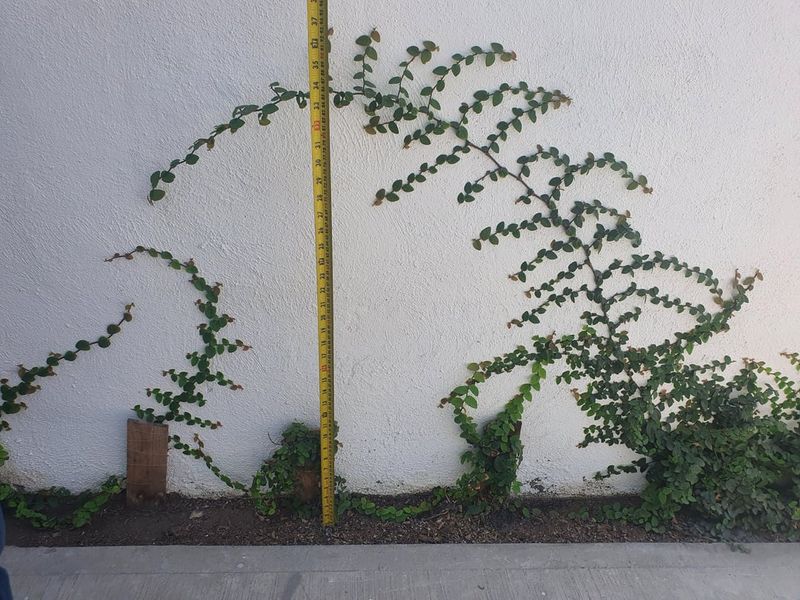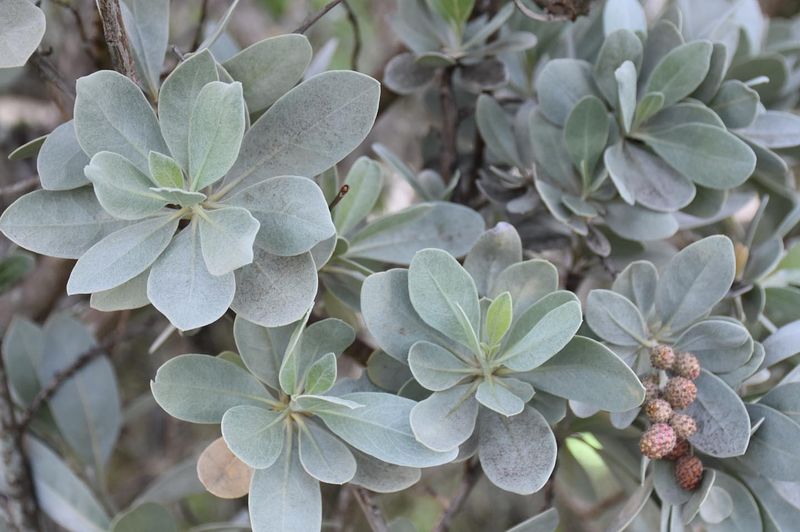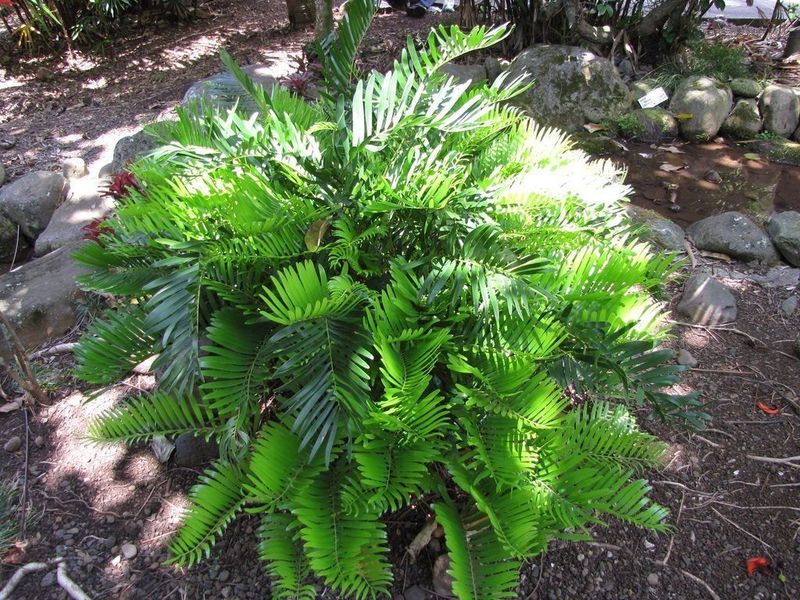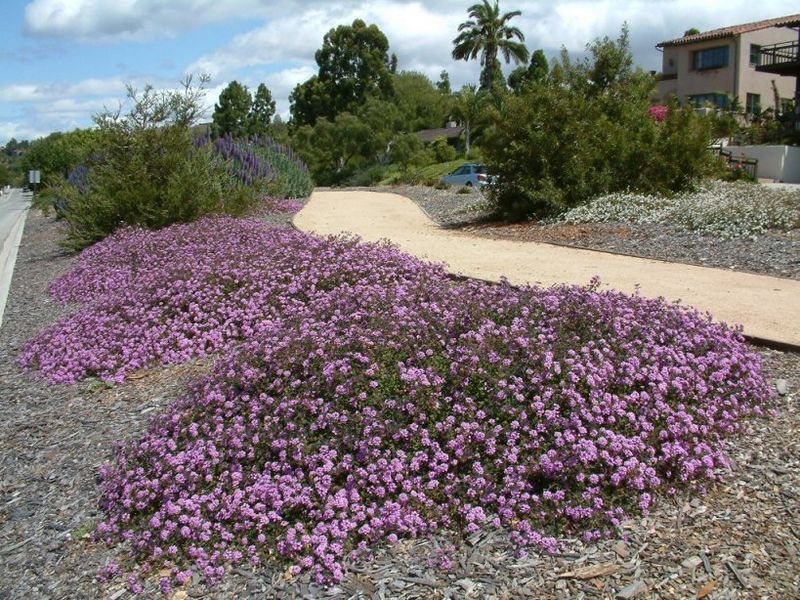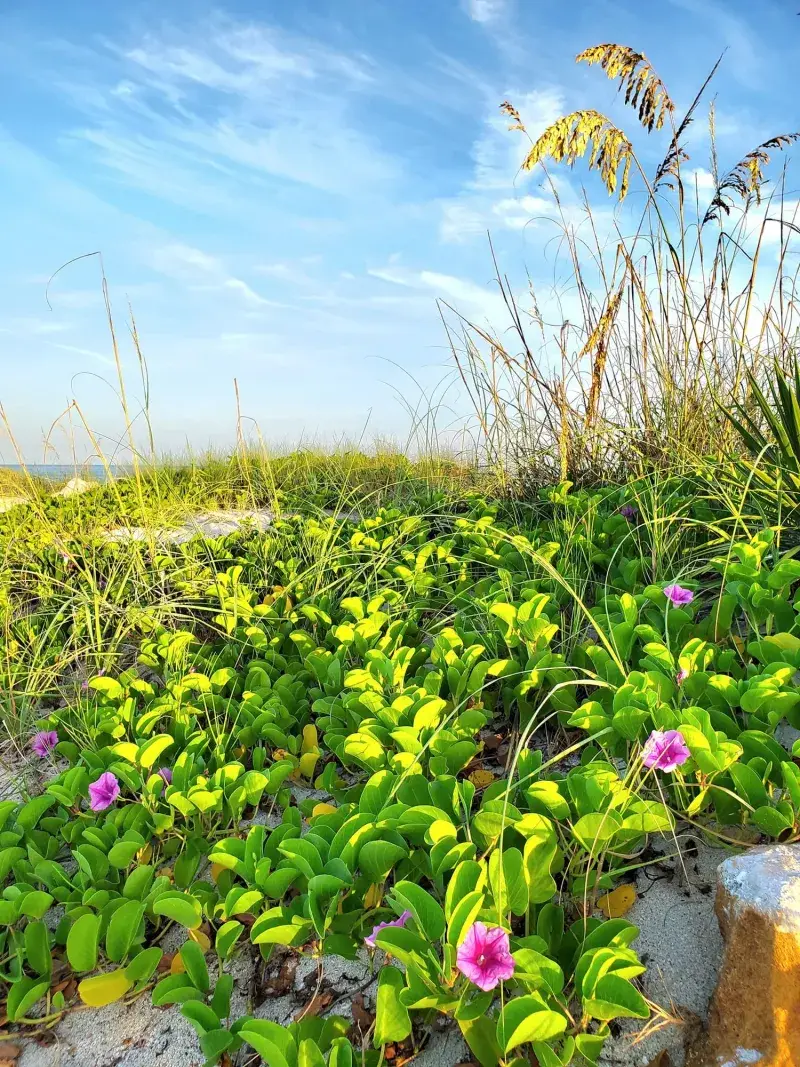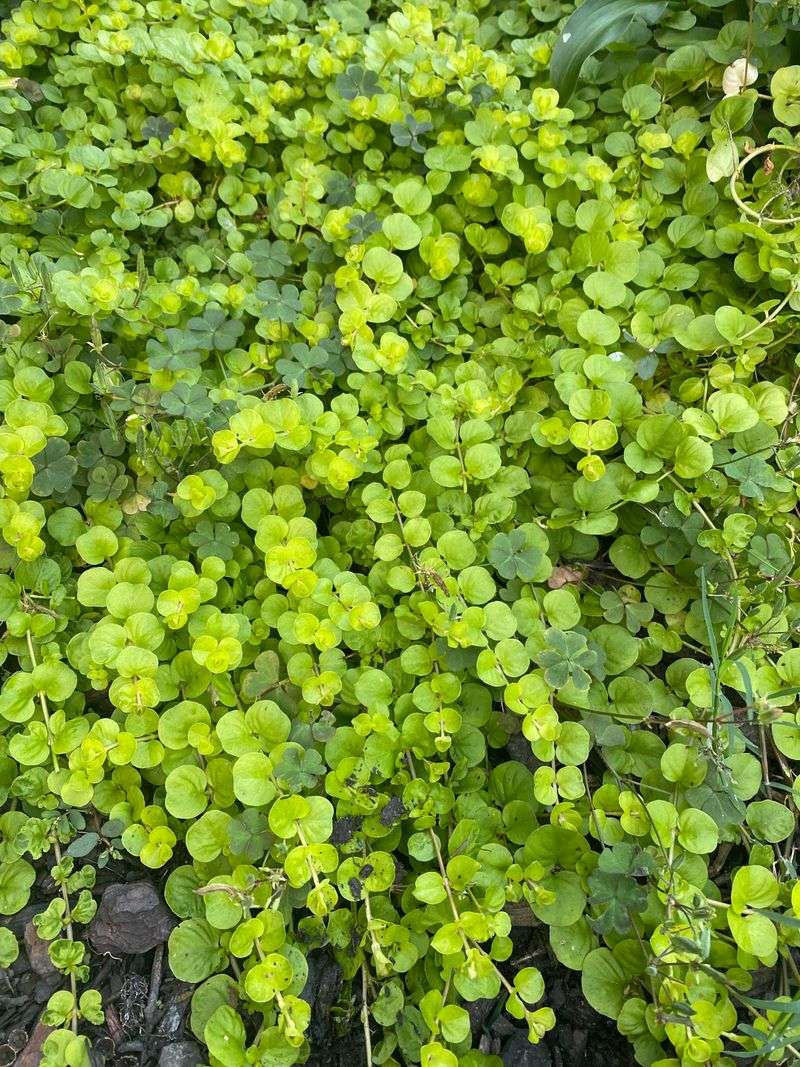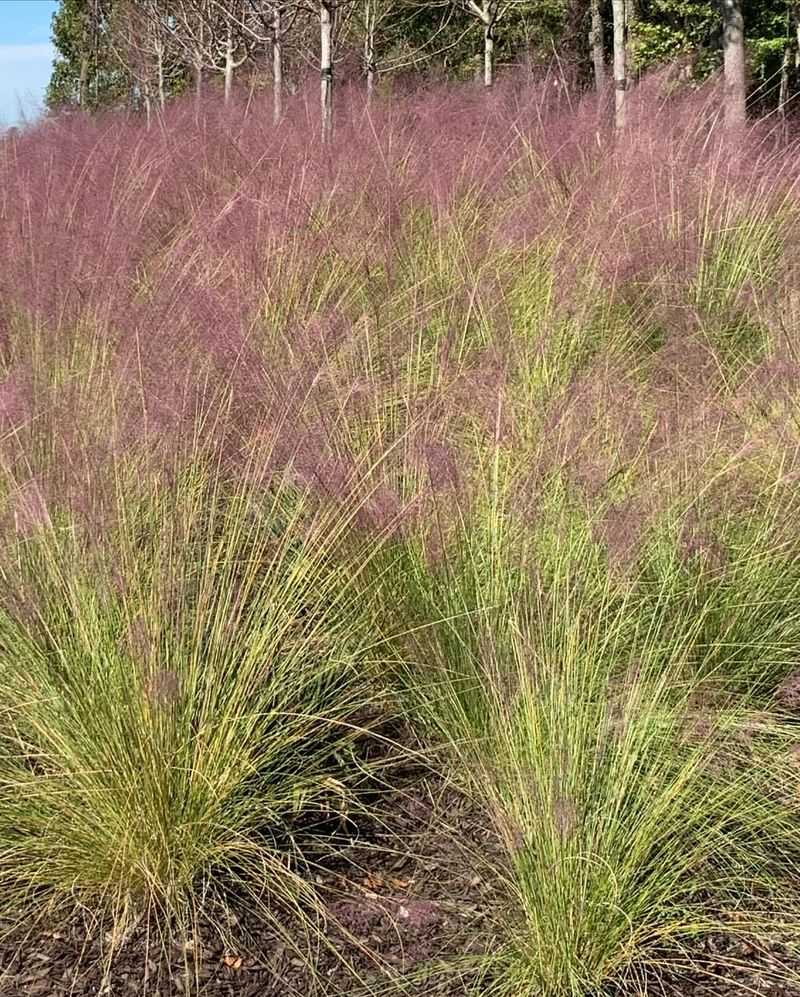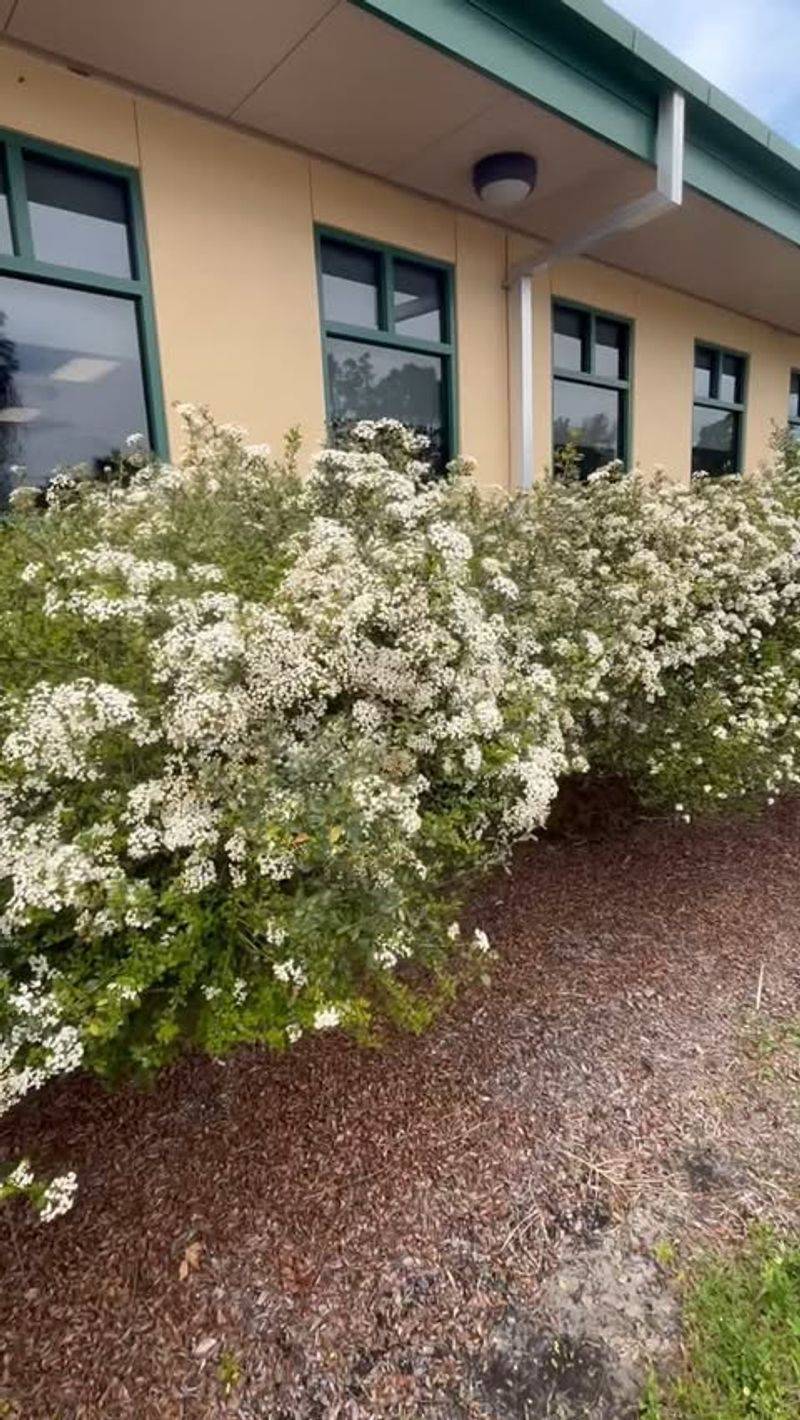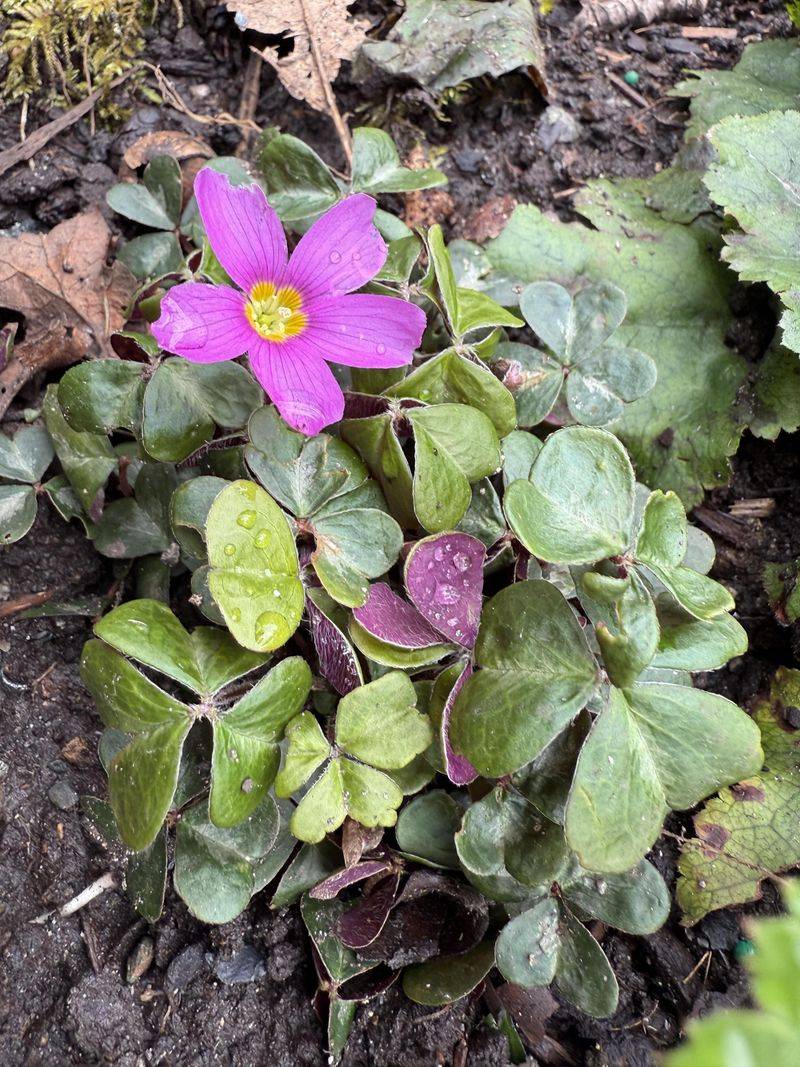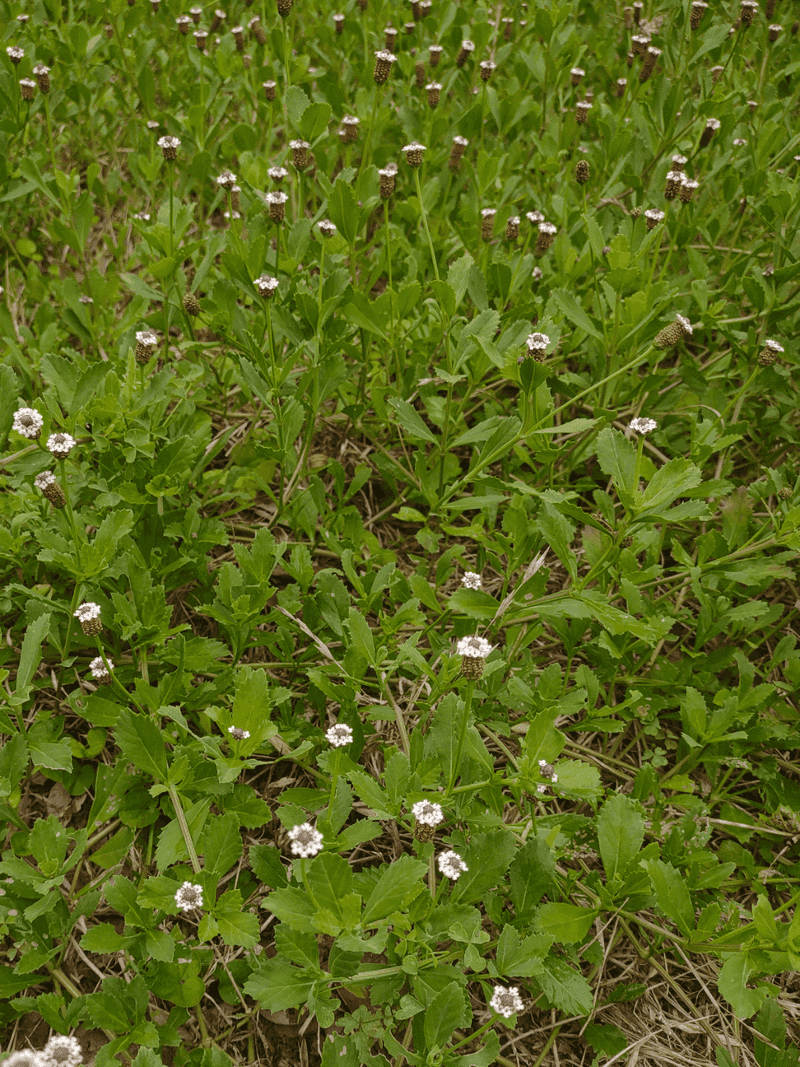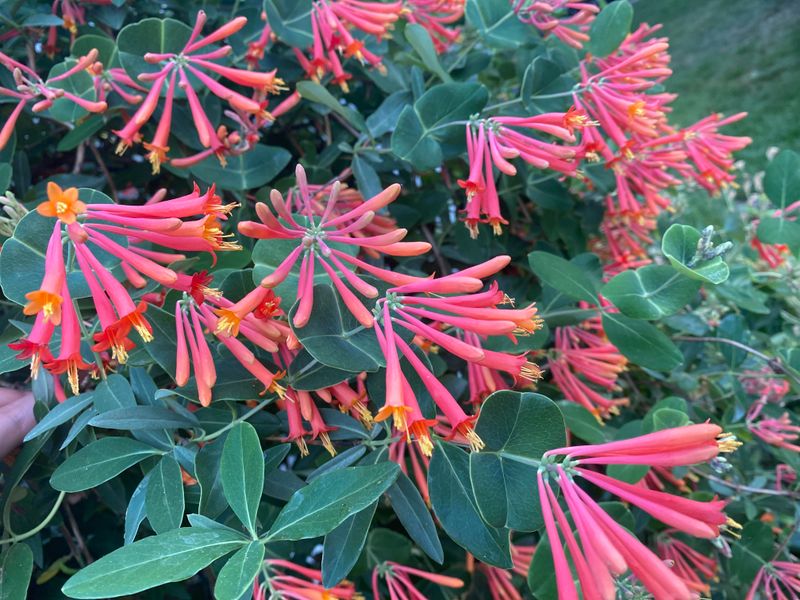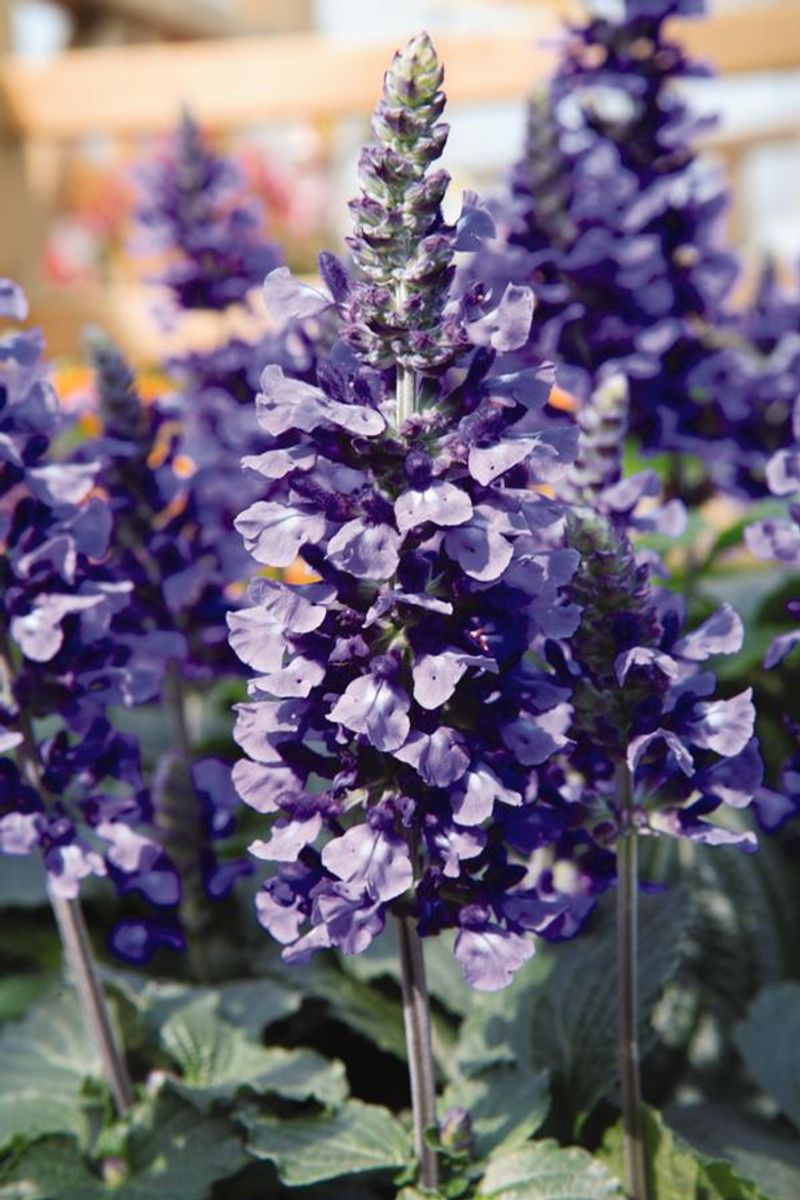Florida’s intense heat, sudden rainstorms, and sandy soil make lawn care a constant uphill climb. Keeping grass green here often feels more like a battle than a hobby. It’s no wonder homeowners are rethinking their yards.
Ground covers offer an easier, greener solution. These tough little plants spread quickly, suppress weeds, prevent erosion, and thrive with minimal water. They turn problem areas into lush, low-maintenance oases.
I replaced half my yard last spring and saw an instant shift—30% off my water bill and way fewer weekend chores. These 20 ground covers are tailor-made for Florida’s climate, and they’re ready to take the stress out of landscaping.
1. Sunshine Mimosa
Often called powderpuff plant, this Florida native creates a dense mat of fern-like foliage adorned with delightful pink blooms that resemble tiny pompoms. The leaves fold up when touched, fascinating children and adults alike.
Thriving in full sun to partial shade, it handles foot traffic surprisingly well. During summer months, the plant produces flowers that attract butterflies and beneficial pollinators to your yard.
My neighbors constantly ask about the pink flowers spreading through my front yard – it’s become a conversation starter while requiring practically zero maintenance from me.
2. Beach Strawberry
Native to coastal areas, beach strawberry forms a dense carpet of dark green leaves with little white flowers that develop into small, edible red fruits. Salt-tolerant and drought-resistant, it’s perfect for sandy soils where other plants struggle.
The spreading habit makes it excellent for erosion control on slopes or areas with poor soil. Unlike many ground covers, it can handle light foot traffic without showing damage.
After planting along my driveway two years ago, I’ve never needed to water or fertilize it – even during our driest months, it stays green and continues to spread.
3. Asiatic Jasmine
Tough as nails yet surprisingly attractive, Asiatic jasmine creates a dense mat of glossy, oval leaves that crowds out weeds effectively. The rich green foliage takes on bronze tints during cooler months, adding seasonal interest.
Growing well in sun or shade, this adaptable plant thrives in virtually any soil type found across Florida. Once established, it requires almost no supplemental water, even during drought periods.
The section under my oak trees struggled with grass for years until I planted this – now it’s a lush, maintenance-free carpet that stays green year-round without me lifting a finger.
4. Perennial Peanut
Nicknamed ‘Florida’s best ground cover,’ perennial peanut earns its reputation through remarkable drought tolerance and cheerful yellow flowers that bloom most of the year. Despite the name, it doesn’t produce edible peanuts.
Sandy soils pose no challenge for this hardy plant, which spreads by underground runners to form a dense, weed-suppressing mat. The nitrogen-fixing ability actually improves soil quality over time.
Replacing my front lawn with this flowering ground cover cut my water usage dramatically while giving me something much prettier than plain grass – the neighbors have started copying the idea!
5. Dwarf Mondo Grass
Creating the appearance of a miniature lawn without mowing requirements, dwarf mondo grass forms tidy clumps of narrow, dark green leaves. The slow-growing nature means less maintenance but also requires patience during establishment.
Preferring partial shade, it’s ideal for areas under trees where regular grass struggles. The dense growth pattern effectively prevents soil erosion while crowding out most weeds.
Around my pool deck, this grass-like ground cover has withstood chlorine splash, occasional foot traffic, and neglect with grace – plus it never needs mowing or edging!
6. Blue Daze
Morning brings a spectacular display of sky-blue flowers that open across this silvery-green ground cover, creating a stunning contrast against Florida’s sandy soil. Salt-tolerant and heat-loving, it’s particularly valuable for coastal properties.
Growing about 12 inches tall with a spreading habit, blue daze works beautifully in borders or spilling over retaining walls. The drought resistance becomes evident once established, though occasional watering during extreme dry spells helps maintain flowering.
My beachside clients rave about how this plant thrives despite salt spray and sandy conditions where traditional landscaping fails completely.
7. Creeping Fig
Tiny heart-shaped leaves create a delicate tapestry as creeping fig spreads across the ground or climbs walls with ease. The versatility of this plant makes it perfect for difficult spots where other ground covers fail.
Shade tolerance is exceptional, making it ideal for dark corners of Florida yards under dense tree canopies. The root system helps prevent erosion on slopes while the dense growth smothers weeds effectively.
Along my garden path, it’s filled gaps between stepping stones without becoming invasive – creating a lush, green look that softens the hardscape elements beautifully.
8. Silver Buttonwood
Silvery-gray foliage stands out dramatically in Florida landscapes, creating a sophisticated backdrop for more colorful plants. Native to coastal areas, this ground cover form handles salt spray and sandy conditions with remarkable resilience.
Growing 1-2 feet tall in its prostrate form, silver buttonwood works wonderfully in beachfront properties where options are limited. The drought tolerance becomes apparent after establishment, requiring minimal supplemental irrigation.
During Hurricane Ian, my silver buttonwood ground cover survived intact while neighboring properties lost most of their landscaping to wind and salt – proving its worth in coastal Florida gardens.
9. Coontie
Ancient Florida native with fascinating history, coontie resembles a small palm but is actually a cycad that dinosaurs once munched on. The stiff, feathery fronds emerge from a central crown, creating an attractive ground cover for difficult spots.
Extreme drought tolerance makes this plant perfect for xeriscaping in Florida’s sandy soils. As host plant for the rare atala butterfly, it adds ecological value while requiring virtually no maintenance.
My coontie patch has survived three years of complete neglect, including a record drought last summer – all while maintaining its prehistoric good looks without irrigation.
10. Trailing Lantana
Cascades of purple, yellow, or multi-colored flowers attract butterflies constantly to this low-growing lantana variety. Unlike its larger cousins, the trailing form stays under 2 feet tall while spreading widely to cover ground quickly.
Remarkable heat and drought tolerance make this plant shine during Florida’s brutal summers when other flowers wither. Sandy soil actually improves flowering, making it perfect for coastal areas with poor growing conditions.
The corner of my yard that gets blazing afternoon sun killed everything else I planted until I tried trailing lantana – now it’s a butterfly magnet that never needs watering.
11. Railroad Vine
Morning glory-like flowers in vibrant pink to purple open each dawn along the sprawling stems of this native beach plant. Naturally growing on dunes, it’s exceptionally salt-tolerant and thrives in the poorest sandy soils.
Rapid growth allows railroad vine to cover large areas quickly, making it excellent for erosion control on beachfront properties. The deep root system stabilizes sand while the spreading stems create a living mulch.
During beach restoration at my client’s Gulf-front property, we planted this along newly created dunes – within months it had stabilized the sand better than any man-made solution could.
12. Creeping Jenny
Bright chartreuse foliage brings a pop of color to shady spots where few ground covers thrive in Florida’s challenging climate. The round leaves form on trailing stems that root as they touch soil, creating a dense carpet.
Preferring moist conditions, creeping Jenny works wonderfully around water features or in rain gardens. The ability to handle occasional flooding makes it useful in low spots that collect water during Florida’s frequent downpours.
Beneath my backyard faucet where constant drips created a muddy mess, this ground cover transformed the area into an attractive feature that actually benefits from the excess moisture.
13. Muhly Grass
Spectacular pink cloud-like plumes emerge in fall, creating an ethereal effect as they catch morning light in Florida landscapes. The fine-textured foliage forms neat clumps that work beautifully as a ground cover when planted en masse.
Native to Florida’s coastal plains, muhly grass handles salt spray, drought, and poor soil with remarkable resilience. The deep root system requires little irrigation once established, making it perfect for low-maintenance yards.
Lining my driveway with muhly grass was the best decision – it needs zero care, stays attractive year-round, and puts on an amazing pink show every October that stops traffic in the neighborhood.
14. Dwarf Walter’s Viburnum
Forming a dense mat of small, glossy leaves, the prostrate form of this Florida native creates an attractive woody ground cover with seasonal interest. Tiny white flower clusters appear in spring, followed by red berries that attract birds.
Adaptable to sun or partial shade, dwarf Walter’s viburnum handles a wide range of Florida soil conditions. The drought tolerance becomes apparent after establishment, requiring minimal supplemental irrigation even during dry spells.
Under my oak trees where grass refused to grow, this native ground cover filled in beautifully without competing with the trees for water – now it’s a bird-attracting, low-maintenance solution.
15. Blue-Eyed Grass
Despite the common name, this Florida native isn’t actually a grass but a member of the iris family with charming star-shaped blue flowers. The grass-like foliage forms tidy clumps that work beautifully as ground cover in natural-looking landscapes.
Preferring moist but well-drained soil, blue-eyed grass thrives in partial shade across Florida. The spring flowering period brings delightful blue blooms that add seasonal color to areas where few plants flower.
My rain garden features this native ground cover, which handles occasional flooding during summer storms while providing delicate flowers that surprise visitors who mistake it for ordinary grass.
16. Twinflower
Delicate pink trumpet-shaped blooms appear in pairs along the stems of this Florida native ground cover, creating a charming display most of the year. The small, rounded leaves form a dense mat that effectively suppresses weeds.
Growing naturally in Florida’s pine flatwoods, twinflower adapts well to home landscapes with acidic soil. The ability to thrive in partial shade makes it perfect for areas under trees where grass struggles.
Around my pine trees, this native ground cover established quickly and now flowers almost year-round – attracting tiny native bees while requiring absolutely no maintenance from me.
17. Frogfruit
Tough enough for challenging spots yet pretty enough for prominent locations, frogfruit spreads by runners to form a dense mat dotted with tiny white flowers. Native to Florida’s natural areas, it serves as an important host plant for several butterfly species.
Handling both drought and temporary flooding with ease, this versatile ground cover thrives in most Florida soil types. The low growth habit allows it to withstand occasional mowing while bouncing back quickly.
My lawn replacement project started with frogfruit three years ago – now I have a flowering carpet that never needs water, fertilizer, or mowing while supporting countless butterflies.
18. Coral Honeysuckle
Tubular coral-red flowers attract hummingbirds year-round to this versatile Florida native that works beautifully as a ground cover when allowed to sprawl. Unlike its invasive Japanese cousin, this honeysuckle behaves well in the landscape.
Adaptable to sun or partial shade, coral honeysuckle handles Florida’s sandy soils with minimal supplemental water once established. The semi-evergreen nature provides year-round interest while supporting wildlife.
Along my fence line, this ground cover creates a beautiful flowering border that brings hummingbirds within feet of my patio – giving me natural entertainment while covering ground that was previously bare.
19. Mystic Spires Salvia
Compact form and continuous blooming make this salvia variety exceptional as a flowering ground cover for sunny Florida yards. The rich blue-purple flower spikes rise above the foliage, creating waves of color that last for months.
Heat tolerance is remarkable, with the plant continuing to flower during the hottest periods of Florida summers. Drought resistance becomes evident after establishment, requiring minimal supplemental irrigation.
My butterfly garden features this salvia as ground cover between larger plants – it’s been flowering non-stop for two years while handling both summer downpours and dry spells without missing a beat.
20. Confederate Jasmine
Intoxicating fragrance fills the air when star-shaped white flowers bloom profusely on this versatile vine that works beautifully as a ground cover. The glossy evergreen foliage creates a dense mat that effectively suppresses weeds year-round.
Handling full sun to partial shade with equal vigor, confederate jasmine adapts to most Florida soil conditions. The drought tolerance becomes apparent after establishment, requiring minimal supplemental water even during dry periods.
Covering a difficult slope in my backyard, this ground cover prevents erosion while providing a spectacular spring display that perfumes the entire yard – solving two problems with one beautiful plant.

